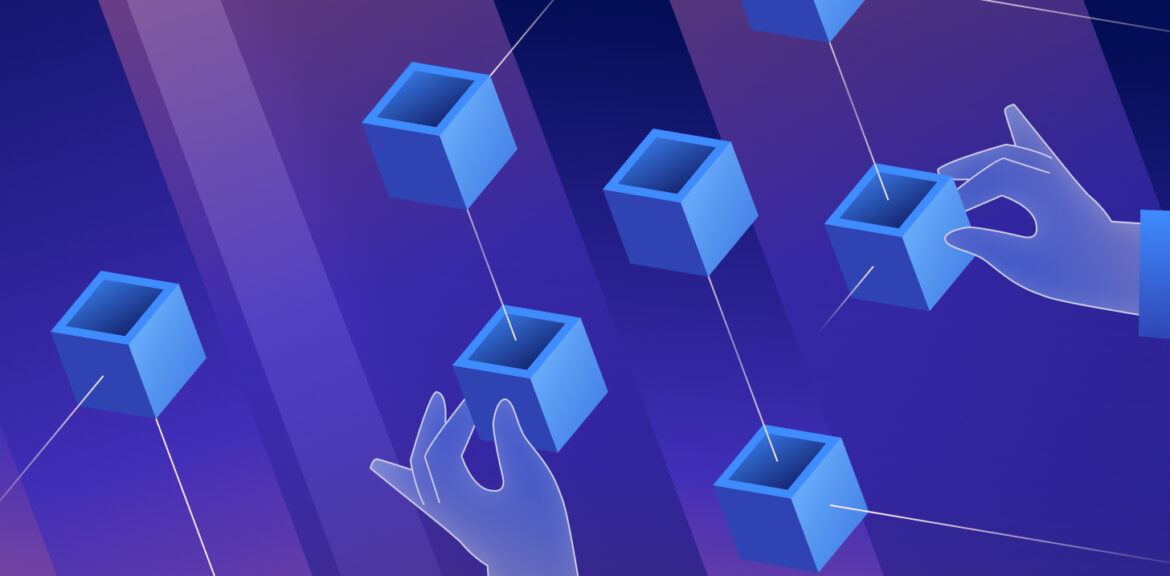In recent years, blockchain technology has evolved from a niche concept to a mainstream revolution, driving innovation across industries. At the heart of this movement are decentralized applications (dApps) — software programs that run on peer-to-peer networks instead of centralized servers. Whether it’s finance, gaming, supply chain, or social media, dApps are redefining how businesses and consumers interact online. If you’re interested in building a blockchain dApp, this guide will walk you through everything you need to know.
What Is a dApp?
A dApp (decentralized application) operates on a blockchain or decentralized network where no single authority controls the application. Instead of relying on a centralized backend server, dApps use smart contracts — self-executing contracts with the terms directly written into code — to facilitate operations. Ethereum is the most popular blockchain for dApps, but platforms like Solana, Polygon, and Avalanche are gaining ground.
Key characteristics of a dApp include:
- Open source code
- Decentralized data storage
- Use of blockchain tokens
- Incentivization for network participants
Why Develop a dApp?
There are several reasons why developers and businesses are moving toward dApps:
- Transparency: All transactions are recorded on a public ledger, ensuring trust.
- Security: Blockchain’s cryptographic protocols protect user data and operations.
- Censorship resistance: Without a central authority, dApps are harder to shut down.
- Innovative monetization: dApps allow creators to design unique token economies.
Industries like decentralized finance (DeFi), NFTs, gaming (GameFi), and logistics are already benefitting from blockchain applications, and the potential continues to grow.
Essential Steps for Blockchain dApp Development
Building a dApp requires a strategic approach, blending traditional app development skills with blockchain expertise. Here’s a step-by-step breakdown:
1. Define the Purpose and Goals
Start by clearly defining the problem your dApp will solve. Research the market, identify your target audience, and determine how blockchain’s features — decentralization, immutability, transparency — can address user needs. A strong concept lays the foundation for a successful dApp.
2. Choose the Right Blockchain Platform
Selecting the right blockchain is critical. Factors to consider include:
- Transaction speed and scalability (e.g., Solana offers high throughput)
- Security (e.g., Ethereum is highly battle-tested)
- Cost-effectiveness (e.g., Polygon offers low gas fees)
- Developer tools and community support
If you prioritize speed and low fees, you might opt for Solana or Polygon. For maximum decentralization and security, Ethereum remains a top choice.
3. Design the Architecture
A typical dApp has three layers:
- Smart Contracts Layer: Backend logic running on the blockchain.
- Frontend Layer: The user interface users interact with, built with frameworks like React.js or Vue.js.
- Off-chain Layer: Sometimes, off-chain solutions like IPFS (for file storage) or Layer 2 solutions (for scaling) are integrated.
You’ll also need to consider wallet integration (like MetaMask) so users can interact with your smart contracts.
4. Develop Smart Contracts
Smart contracts are the backbone of any dApp. They should be:
- Efficient: Optimize for lower gas consumption.
- Secure: Bugs can be catastrophic; always audit your contracts.
- Upgradable: Consider using proxy patterns if future updates are needed.
Popular smart contract languages include:
- Solidity: For Ethereum, Binance Smart Chain, and Polygon.
- Rust: For Solana development.
- Vyper: A more secure alternative to Solidity for Ethereum.
5. Build the Frontend
Once the smart contracts are ready, you need a user-friendly frontend. Frameworks like React.js or Next.js are widely used. Frontend apps interact with the blockchain via libraries like Web3.js or Ethers.js.
Make sure the design emphasizes ease of use, as blockchain interfaces can often intimidate users unfamiliar with the technology.
6. Test Thoroughly
Testing is critical for dApp development, and you’ll need to test both your smart contracts and frontend interactions. Use:
- Truffle, Hardhat, or Foundry: For smart contract testing.
- Ganache: To simulate a local blockchain network.
Audit your smart contracts or hire third-party auditors to review your code. Smart contract bugs are costly and often irreversible.
Also Read: Best Mobile App Development Platforms to Build Top-Notch Apps
7. Deploy on Mainnet
Once the dApp passes all tests, it’s time to deploy on the chosen blockchain’s mainnet. Steps include:
- Deploying the smart contracts.
- Hosting the frontend (IPFS, Fleek, or traditional cloud providers).
- Verifying your contracts (on Etherscan or equivalent).
Remember to set up transaction fee funding for contract interactions if needed.
8. Maintain and Update
Even after launch, your dApp will need maintenance. Monitor smart contract performance, engage with your community, and be ready to patch vulnerabilities or release new features.
Many successful dApps stay alive by continuously innovating and adapting to user feedback.
Popular Tools and Technologies for dApp Development
Here’s a quick list of technologies that can help:
- Smart Contract Development: Solidity, Hardhat, Remix IDE, Foundry
- Frontend Development: React.js, Next.js, Web3.js, Ethers.js
- Storage Solutions: IPFS, Filecoin
- Wallet Integrations: MetaMask, WalletConnect
- Testing and Auditing: Ganache, Truffle, MythX, Slither
Challenges in dApp Development
Although dApps offer tremendous advantages, they also come with challenges:
- Scalability Issues: Some blockchains have limited throughput.
- Security Risks: Smart contracts are prone to vulnerabilities.
- User Adoption: Blockchain technology can be intimidating for mainstream users.
- Regulatory Uncertainty: Legal frameworks for decentralized apps are still evolving.
Preparing for these challenges and building with a strong user focus can greatly increase your chances of success.
Conclusion
Blockchain dApp development offers an exciting opportunity to be part of the decentralized future. While the learning curve can be steep, the benefits — security, transparency, and innovation — are worth the effort. With the right approach, tools, and community support, you can build dApps that drive real impact across industries.
Whether you are a seasoned developer or just stepping into the world of Web3, there has never been a better time to start building decentralized applications!

